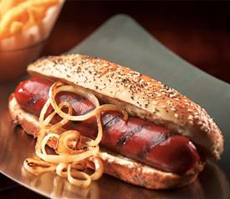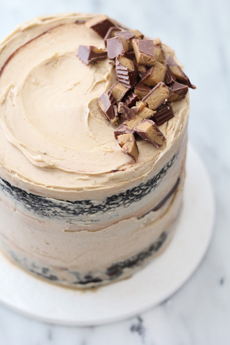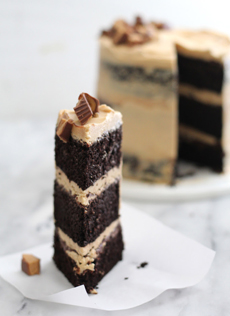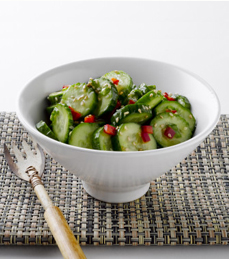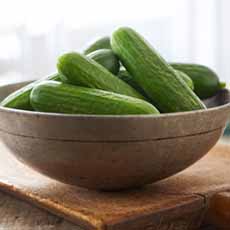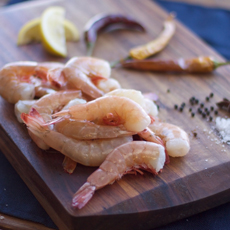|
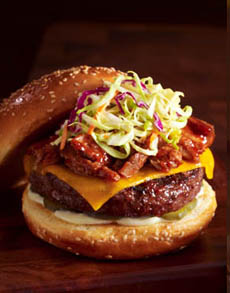

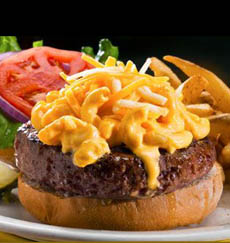
Top: The Memphis Burger, with cheddar, barbecued pork and cole slaw (photo courtesy Cheesecake Factory). Center: South Of The Border: avocado and salsa (photo courtesy Omaha Steaks). Bottom: Mac and Cheese Burger (photo courtesy Glory Days Grill.
|
|
On Father’s Day, most people assume that dads wants to dine out. But a recent survey of 775 dads nationwide conducted by restaurant guide Zagat, says something different. While 80% of those surveyed say they love dining out in general, for Father’s Day more than half of them just want to stay home.
52% of the dads claim they just want to stay home for a meal with their families.
29% reveal that “having to go out at all” is their number one Father’s Day dining out complaint.
14% “just want to be left alone.”
When asked about their ideal Father’s Day meal, only 14% prefer a high-end steakhouse.
18% would enjoy going out to something easy and local.
Other complaints against include going out include dread of driving (traffic, parking), having to pay the bill at their own celebration, and having to dress up.
The best path, of course, is to ask your dad what he wants. If that’s just burgers and franks in the backyard, you can still make it a special celebration with these ideas for creative toppings from ThePamperedChef.com, along with a few of our own.
Pampered Chef is a great resource for high-quality kitchen wares and yummy recipes to make with them.
SPECIAL TOPPINGS FOR BURGERS, BRATS, FRANKS & SAUSAGES
It’s time to set aside the ketchup and mustard, says The Pampered Chef, and take burgers and hot dogs from meh to amazing.
Whether dad prefers burgers made of beef, bison, chicken, pork, turkey or veggies—or prefers brats, classic hot dogs or sausages—plan a creative cookout.
> CREATIVE BURGER TOPPINGS
Bacon, Brie and grilled apples
Bacon, blue cheese and caramelized onions
Bacon and peach jam
Fried egg, pickled onions, baby arugula and barbecue sauce
Fried onion rings, queso (cheese sauce) and pickled jalapeños
Goat cheese, roasted red peppers and chutney
Grilled pineapple and teriyaki sauce
Guacamole, chunky salsa and tortilla chips
Hummus or spinach dip, crumbled feta cheese and Kalamata olives
Kimchi and wasabi mayonnaise
Mac and cheese with sliced tomato, onion and crumbled tortilla chips
Pimento cheese spread and grilled onions
Provolone cheese, marinara sauce and fresh basil
Potato chips and onion dip
Sautéed onions and mushrooms
Sautéed spinach and mushrooms
Snow crab, avocado and pickled ginger
|
|
|
|
> CREATIVE TOPPINGS FOR BRATS, FRANKS & SAUSAGES
Apple-cabbage slaw
Baked beans, diced red onion, shredded cheese, cilantro, optional salsa
Baked potato “bun” (put the bun in a well-done, split baked potato), bacon, sour cream & chives (The “Boise Dog”)
Carrot, cucumber and radish salad with herb mayonnaise (The “San Francisco Dog”)
Carrot salad with raisins and optional walnuts
Dilled cucumber salad with fresh parsley garnish
Caramelized onions and bacon with melted Gruyère
Chili, diced onions and shredded Cheddar cheese
Green chiles, red onions, red jalapeños and sour cream (The “Denver Dog”)
Crumbled potato chips and onion dip
Guacamole, cilantro and diced red onions
Ham, Swiss cheese, pickles and spicy mustard
Muffuletta olive salad (The “New Orleans Dog”)
Mustard slaw (half sauerkraut, half mustard or blend to taste), sweet pickle chips
Pesto, fresh basil, diced tomatoes, and grated Parmesan (“The Italian”)
Sauerkraut, shredded corned beef, Swiss cheese and Thousand Island dressing (“The Reuben”)
Queso (cheese sauce), pickled jalapeños, shredded lettuce, diced tomato and sour cream (“The Mexican”)
Pickled vegetables (giardiniera) and mustard slaw
Pineapple relish, lemon-garlic mayonnaise and starfruit (substitute diced mango) (The “Honolulu Dog”)
Pizza sauce, melted or shredded mozzarella and sliced pepperoni
Scrambled eggs and sautéed mushrooms (“The Brunch Dog”)
Sweet pickle relish and shredded pepperjack cheese
Vidalia onion and peach relish (The “Atlanta Dog”)
|
|

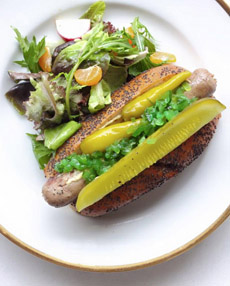
Top: A Mexican Dog with shredded Cheddar, onions, tomatoes and jalapeños; chili optional (photo courtesy Body By Bison). Bottom: Brat with dill pickles, pepperoncini and cilantro (photo courtesy Kindred Restaurant).
|
ANOTHER THOUGHT
Ask guests to suggest creative toppings in advance of the event. Create them and let everyone vote for the winner.
|
|
